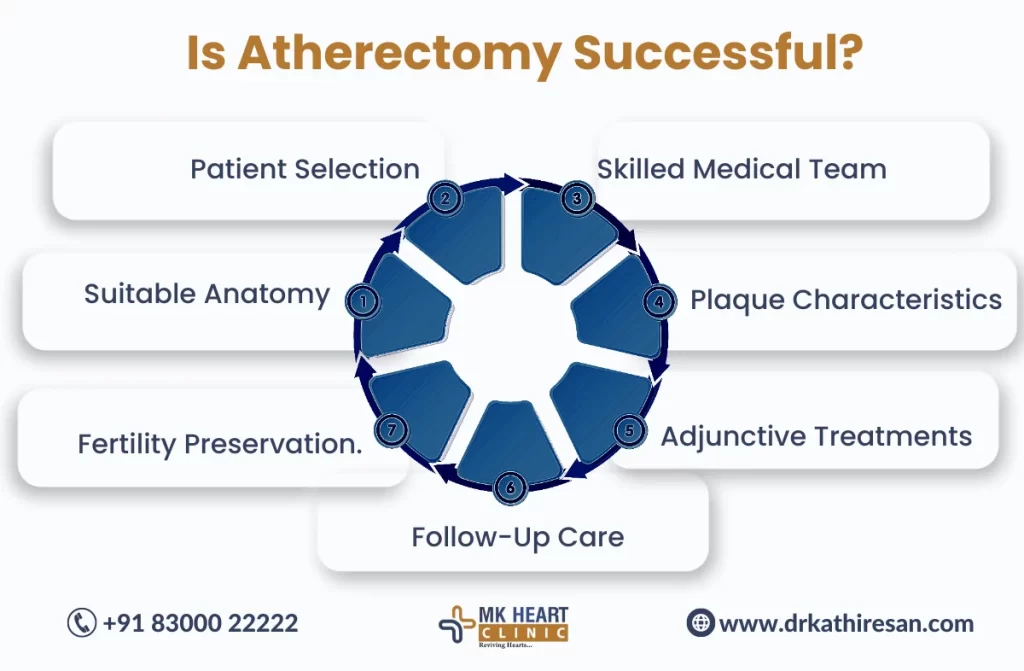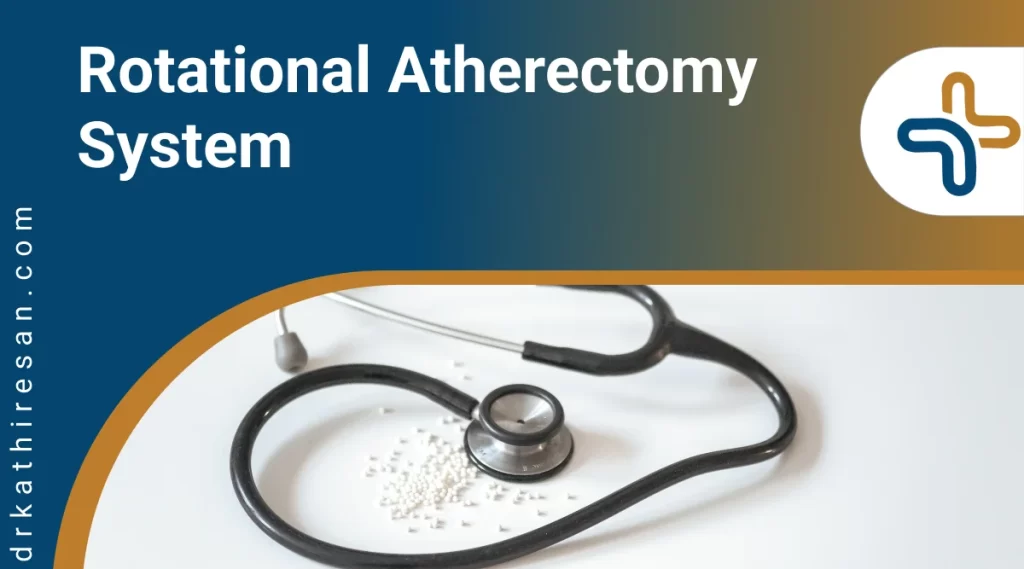Coronary artery disease (CAD) is a prevalent cardiovascular condition characterized by the narrowing of arteries due to the buildup of plaque. While many interventions exist to treat CAD, one specialized technique gaining prominence is the rotational atherectomy system. This innovative procedure offers a unique approach to restoring blood flow and improving the quality of life for patients with severe coronary artery disease. In this article, we’ll explore the intricacies of the rotational atherectomy system and its role in modern cardiology.
Understanding Rotational Atherectomy
The rotational atherectomy system, also known as rotablation, is an advanced interventional cardiology procedure designed to address heavily calcified coronary arteries. Calcified plaque can become particularly challenging to treat with standard angioplasty and stenting techniques. Rotablation employs a diamond-coated burr that rotates at high speeds, effectively breaking down calcified deposits within the artery.

The Procedure of Rotational Atherectomy System
During a rotational atherectomy procedure, a specialized catheter with the rotating burr at its tip is carefully guided to the site of the calcified lesion within the coronary artery. Once positioned, the burr is activated, and it grinds away the calcified plaque, creating tiny particles that are then carried away by the bloodstream. This process, akin to a “drilling” action, results in a smoother, more pliable arterial passage.
Precision and Flexibility
One of the notable advantages of the rotational atherectomy system is its ability to selectively remove calcified tissue while preserving healthier vessel walls. The rotational speed and burr size can be adjusted based on the degree of calcification, ensuring a tailored approach for each patient. This precision minimizes the risk of vessel damage and optimizes the outcome of the procedure.
Complementary Technique
The rotational atherectomy system is often used as a complementary technique alongside other interventions, such as balloon angioplasty and stenting. By preparing the vessel through rotablation, subsequent procedures like stent placement become more effective and successful. This combined approach enhances the long-term results of coronary interventions.
Patient Selection
The decision to use the rotational atherectomy system depends on various factors, including the severity of calcification, lesion location, and patient characteristics. Physicians conduct thorough assessments, including imaging studies, to determine the most suitable treatment strategy. Rotablation is typically reserved for cases where severe calcification presents a challenge to conventional treatments.
Benefits and Considerations
These are some of the benefits that have to be considered before opting for rotational atherectomy:
- Improved Results: Rotablation increases the success rate of angioplasty and stent placement in challenging cases by creating a smoother vessel surface.
- Symptom Relief: By restoring proper blood flow, the procedure can alleviate symptoms such as chest pain and shortness of breath.
- Patient Satisfaction: Patients who undergo a successful rotational atherectomy system often experience enhanced quality of life due to improved cardiac function.
Risks of Rotational Atherectomy System
- Vessel Injury: The procedure could potentially cause damage to the blood vessel walls, leading to bleeding or dissection.
- Embolization: Tiny pieces of plaque could break off during the process and block smaller blood vessels, causing complications.
- Arrhythmias: Irregular heart rhythms might occur due to the manipulation of the catheter within the heart.
- Perforation: In rare cases, the catheter could puncture the artery or surrounding structures.
- Coronary Spasm: The procedure might trigger a sudden constriction of the coronary artery.
- Infection: As with any invasive procedure, there’s a risk of infection at the insertion site.
- Allergic Reactions: Some patients might experience allergic reactions to the contrast dye used during the procedure.
It’s important to note that while these risks exist, they are relatively rare and are often outweighed by the potential benefits of treating severely calcified arteries. Each case should be evaluated individually by a medical professional.
Conclusion
To conclude, the rotational atherectomy system is a groundbreaking technique that addresses a specific challenge in interventional cardiology – severe calcification of coronary arteries. By employing precision and innovation, this procedure enhances the success of other interventions and contributes to better patient outcomes. As technology continues to evolve, the rotational atherectomy procedure stands as a testament to the constant advancement of medical practices aimed at improving cardiovascular health.
Also, Read Rotational Atherectomy Treatment.



